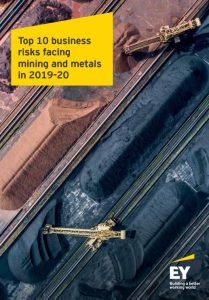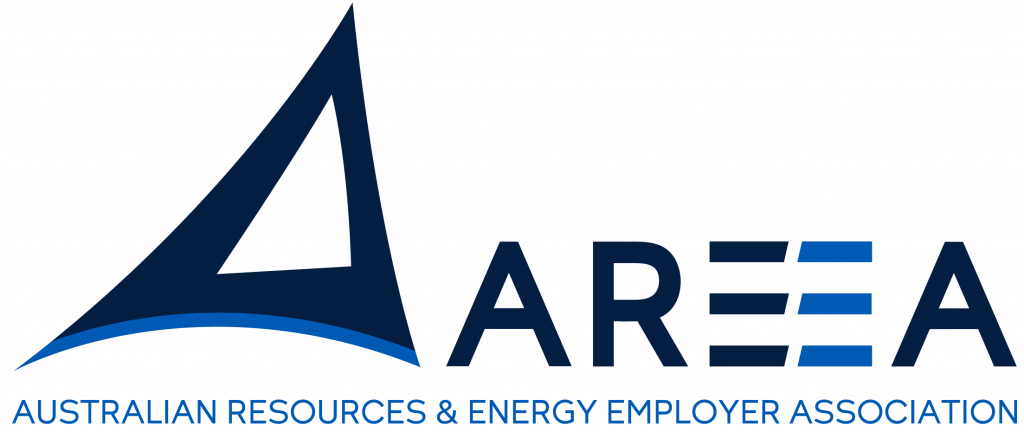Nearly half (44%) of global mining companies rank license to operate (LTO) as the biggest risk to their business, according to the Top 10 Business Risks and Opportunities – 2020. The survey of more than 150 global mining executives’ shortlists the top 10 risks facing the sector, and sees LTO retain the top position as it evolves beyond the narrow focus of social and environmental issues.
The report states that a holistic approach to LTO remains vital, as the sector continues to redefine its image as a sustainable and responsible source of the world’s minerals, amid rising volatility due to tighter regulations, global trade tensions, and increased pressure from activist investors.
“License to operate is now impacted by increased expectations of all mining stakeholders, including investors and consumers,” Paul Mitchell, EY Global Mining & Metals Leader, said.
“In today’s climate, increased social pressure could result in a complete loss of license, so a clear branding strategy is required to address shifting societal expectations.
“Perceptions of the sector as being old fashioned and dirty need to be challenged, and so building a social bond is make-or-break. Miners need to be part of the solution, not the problem, by engaging with topics including the circular economy and green mining of the future.”
Rising concerns on how to find and upskill the future workforce
Risks relating to the future of the mining workforce rose from 7th position last year, to 2nd in the 2019 ranking. The report indicates that as digital and technological innovation, including automation, deliver large improvements in productivity, safety and environmental management, the mining workforce will need vastly different skillsets. Given the competitive global market for digital and data-related skills, the mining sector may find it hard to compete, particularly in light of its brand perception compared to other industries.
“The mining sector is currently grappling with what the future workforce looks like and how to make the transition,” Mr Mitchell said.
“Indeed, a recent EY study found that 77% of occupations across the sector are set to be enhanced or redesigned by 2030 because of technological advancements. By better understanding the future skills required, miners will be able to strategically plan their workforce and sustain their competitive advantage in global markets. Businesses should start by defining where they want to get to and begin planning now.”
Digital effectiveness remains a pressing sector risk
Digital effectiveness falls one place to 3rd position in the ranking, as value extraction from digital implementation remains a key sector challenge. The report indicates that mining executives recognize digital effectiveness is the key to sustainable productivity and margin improvement, while technological innovation has the potential to drive major improvements in safety and enhance LTO.
Mr Mitchell said the stark reality is that end-to-end digital is no longer optional for mining businesses and is now a key differentiator for achieving sustainable productivity and margin improvement.
“Rather than seeing it as a threat, mining businesses should see it as a great opportunity to innovate, collaborate, evolve and thrive,” he said.
“Obtaining the right data and making it actionable are critical components to unlocking the value from digital investments. Data optimization is a huge untapped opportunity for the mining sector, however, this requires a clear view around the issues and outcomes, so that appropriate actions can be taken and real value can be realized.”
The 2020 ranking also saw four new entrants:
- Reducing cost of carbon: The transition to a low-carbon economy is underway and the pressure to accelerate this transition seems to grow every day.
- High-impact risks: Company-destroying risks that may be low frequency and less visible tend to be rare and, as a result, may not be examined. However, some of these risks may be catastrophic in terms of value destruction.
- Replacement of production: Miners grapple with how to meet future demand, in light of the challenges of opening new mines and depleting resources.
- Innovation: Given the lack of R&D spending across the sector, innovation could be a huge opportunity for first movers
Automation and increased maturity in the use of data is proving to have significant benefits to large mining operations, in terms of providing an uplift in productivity and hence reduction in production costs per tonne.
The report also listed steps companies can take to respond to this risk:
- Focus on sustainable cost reduction programs
- Encourage innovation and partnerships to help with longer-term reduction of costs
- Divest non-core assets
- Review capital tied up in high levels of pre-stripping, advance development and stockpiles
- Consider the use of contract mining vs. sale or leaseback
- Review supplier and service contracts
- Outsource
- Create strategic joint ventures to optimize economies of scale
- Reduce costs from a support function — automation in the back office
Click here to view the report.



